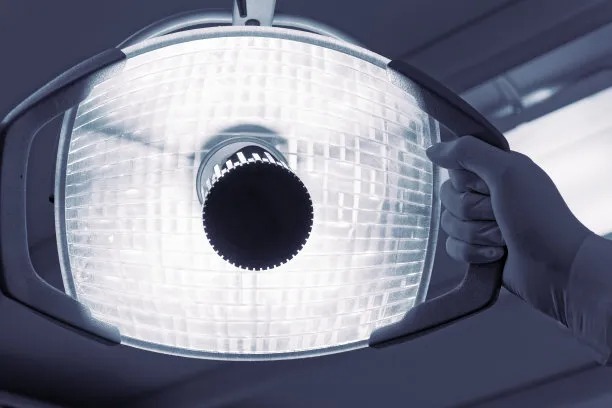The Essential Guide to Extract a Tooth Safely and Effectively at Home or in a Dental Office
Summary: Extracting a tooth, whether at home or in a dental office, requires knowledge, skill, and safety precautions to ensure a successful procedure. This essential guide outlines the important aspects of tooth extraction, covering techniques and preparations for both settings. It discusses the key steps for successful extractions, the risks of in-home extractions, and highlights post-extraction care. By understanding the process and implications involved, individuals can make informed decisions about their dental health. This article seeks to empower readers with the necessary tools, information, and confidence to navigate tooth extractions effectively.
1. Understanding the Need for Tooth Extraction

Tooth extraction might be necessitated by various factors, including severe decay, periodontal disease, or orthodontic concerns. Identifying the primary reason for extraction is fundamental in determining the right course of action. For instance, wisdom teeth often require removal due to overcrowding or impaction, while severely decayed teeth may pose a risk of infection.
Evaluating the condition of the tooth is essential before proceeding. Factors such as length of time suffering from discomfort, history of dental treatments for the affected tooth, and overall dental hygiene should be considered. Consulting with a professional can provide deeper insights into whether extraction is advisable.
Lastly, understanding the potential consequences of leaving a problematic tooth in place is crucial. Untreated dental issues can lead to additional health complications, impacting one’s overall well-being. Therefore, recognizing the necessity of a tooth extraction is the first step in ensuring successful treatment.
2. Preparing for a Tooth Extraction
Preparation for a tooth extraction involves several critical steps to ensure a safe and efficient process. First, it’s essential to gather all necessary tools if considering at-home extraction, including sterilized pliers, gauze, and antiseptic. Proper sanitation is key to minimizing infection risks.
Second, assess personal health conditions. Informing a dentist about any underlying health issues such as heart disease or diabetes can significantly influence the method and medications used during the extraction. For those opting for a dental office, pre-operative consultations can help determine the best approach, including the use of local anesthesia or sedation options.
Lastly, psychological readiness is an often-overlooked aspect of preparation. Understanding the procedure through educational resources can help alleviate anxiety. Breathing techniques or mindfulness practices may also aid in creating a calmer mental state leading up to the extraction.
3. Executing the Extraction Safely
During a tooth extraction, whether at home or the dental office, proper technique is paramount. In a dental office, trained professionals utilize specific methodologies to ensure safety and effectiveness. They start by administering anesthesia, followed by using precise tools to remove the tooth in a controlled manner.
In contrast, if one decides to proceed with an at-home extraction, they must rely on careful adherence to proper techniques to avoid complications. For instance, the individual should grip the tooth firmly and rotate while applying steady pressure, but not excessive force which could lead to fractures of the jawbone.
In either scenario, keeping the area clean throughout the process is crucial to preventing post-extraction infections. Practicing hygiene right before and after the extraction reduces the risk and ensures a smoother healing process.
4. Post-Extraction Care and Healing
Post-extraction care is vital to ensure optimal healing, regardless of where the extraction took place. Initially, applying pressure with gauze on the extraction site will help control bleeding. This should be done for at least 30 minutes. Individuals should avoid spitting or using straws to prevent dislodging the blood clot.
Furthermore, dietary adjustments are advisable in the early recovery stages. Soft foods and ample hydration can foster healing while minimizing discomfort. Its important to avoid strenuous activity for a couple of days post-extraction to promote recovery.
Finally, keeping an eye out for potential complications such as persistent pain, infection signs, or unusual swelling will contribute to effective recovery. If any concerning symptoms appear, contacting a professional is advisable to address the issues promptly.
Summary:
In conclusion, the process of tooth extraction, whether performed at home or within a dental office, encompasses a variety of crucial steps that require thorough preparation, careful execution, and diligent post-procedure care. Understanding the need for extraction, preparing appropriately, executing the procedure with caution, and diligently caring for the extraction site are all essential to ensure successful outcomes.
This article is compiled by Vickong Dental and the content is for reference only



